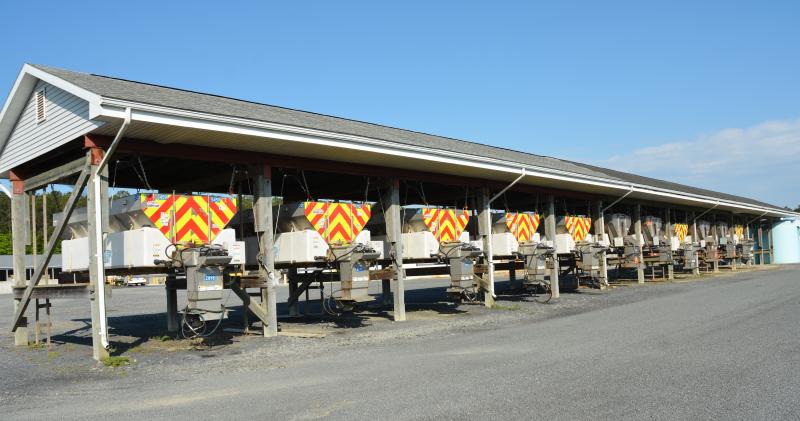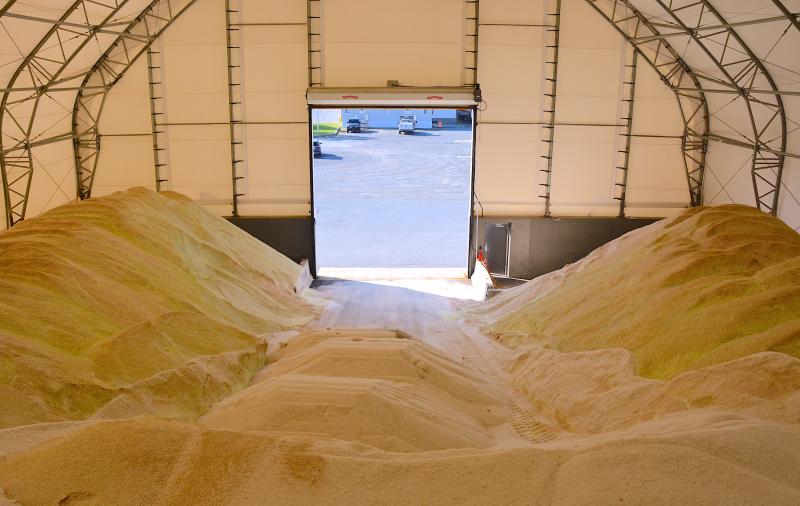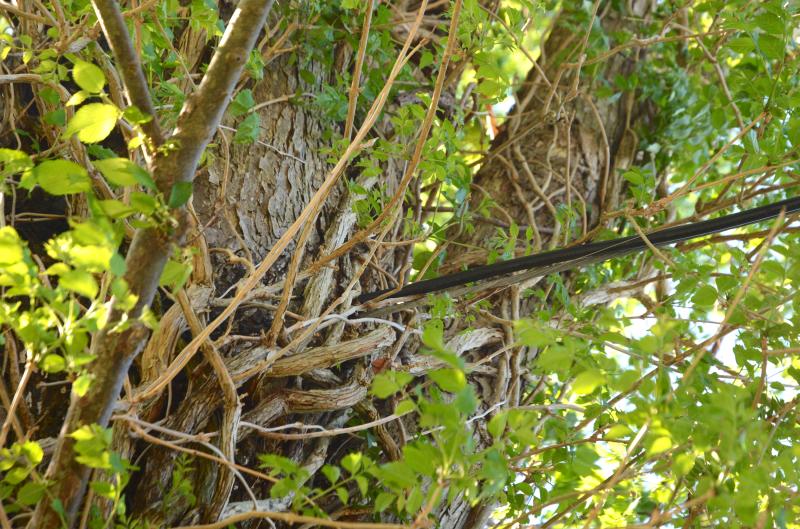DelDOT went all winter without replenishing its salt
Other than a brief spell of freezing temperatures in late December, this past winter was relatively mild. Sometime in mid-March it occurred to me that I hadn’t seen any of the Delaware Department of Transportation snow equipment out on the roads, and it got me wondering if the agency could quantify the money, time and supplies not spent this winter because of the mild temperatures.
I’ve held off on pursuing the questions – I didn’t want to jinx it – but I think we’ve finally gotten past the point of snow, so I reached out to longtime DelDOT spokesperson Charles “CR” McLeod to see what he could tell me.
DelDOT budgets $10 million for storm cleanup each year, which includes snow removal, salt purchasing and other related items, said McLeod. This year, he said, DelDOT spent about $2 million on salt purchased in the fall and employee costs from other severe weather events. Since there were no storms this season requiring snow operations or salt replenishments, the total is significantly lower than a season with even one or two winter weather events, said McLeod.
Delaware does not have a typical winter season. Salt usage varies tremendously based on sustained temperatures below freezing after the snow has fallen, said McLeod. The amount of salt used in Delaware over the past few years was: 34,729 tons in winter 2021-22, 46,033 tons in winter 2020-21, 6,150 tons in winter 2019-20. For comparison, he provided the amount used by the City of Baltimore annually – 53,700 tons – and in all of North America – 20 million tons.
DelDOT’s winter salt operations include more than spreading the small rocks on the road. There are also the trucks spraying a salt brine solution. The mix for the brine is about 2.28 pounds of salt per gallon, with 50 gallons of brine per lane mile, said McLeod. Last year, there were more than 782,000 gallons of brine applied to the roads for winter storm events, he said.
Whatever portion of the $10 million that DelDOT does not use is rolled into the next fiscal year. However, said McLeod, DelDOT draws on that budget line for all kinds of severe weather. For example, he said, that money helped pay for expenses incurred from the recent tornadoes in Sussex – tree and debris removal from roads and rights of way, tipping fees at the landfill, employee overtime costs. Also, he continued, if Delaware were to be impacted by a tropical storm or hurricane, this budget would be utilized for that event as well.
Well, here’s to that tropical storm hitting while the crew doing beach replenishment is still here.
Some trees are managing to persevere
This column is being printed on Arbor Day, Friday, April 28. I was born in Nebraska City, which is where the first Arbor Day celebration took place and where the Arbor Day Foundation is located. I don’t really have much more to add – I only spent about six months there before my parents moved back to Delaware – but it’s probably the most random factoid about me, and I’ve spent the rest of my life within an hour’s drive of the Atlantic Ocean.
Anyway, back to trees. I think we can all agree it’s not easy being a tree around here. It seems like if trees aren’t being cut down for new development, they’re being pruned by power companies. That’s why I had to stop and take a picture of a tree along the side of the road that has a power line encased in it. Somehow, this tree managed to avoid being cut down or pruned and is now acting as a support structure to the power line, which undoubtedly had been tauntingly above the tree at one point. In recognition of Arbor Day, I salute this tree’s perseverance and quiet ability to survive.
Joke of the Week
My son has been doing state testing this past week and this joke is about tests. I want to be clear; I have not heard any reports of cheating, but this joke was submitted by Catherine and I appreciate the participation. As always, send jokes to cflood@capegazette.com.
Q: Why did the gazelle ask to move seats before the test?
A: Because he was sitting next to a cheetah!

Chris Flood has been working for the Cape Gazette since early 2014. He currently covers Rehoboth Beach and Henlopen Acres, but has also covered Dewey Beach and the state government. He covers environmental stories, business stories, random stories on subjects he finds interesting and has a column called ‘Choppin’ Wood’ that runs every other week. Additionally, Chris moonlights as the company’s circulation manager, which primarily means fixing boxes during daylight hours that are jammed with coins, but sometimes means delivering papers in the middle of the night. He’s a graduate of the University of Maine and the Landing School of Boat Building & Design.























































